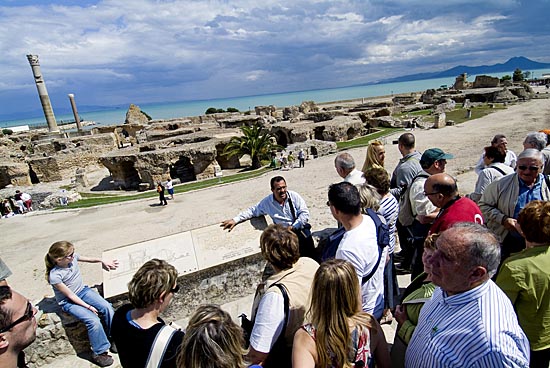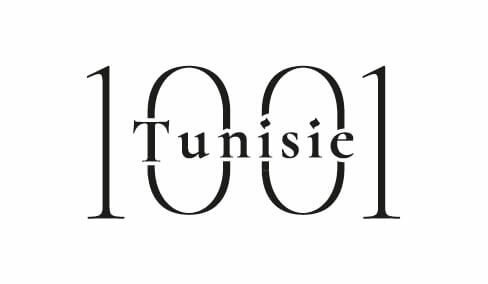
In recent years, significant changes have taken place in terms of market behavior and expectations of German who receive six weeks of vacation a year and dedicate an average of 4% of their income to the budget of holidays abroad .
In recent years, German tourists have shunned Tunisia and we are far from 2002, when a million of them each year passed a holiday in Hammamet, Sousse and on the island of Djerba. The number of German tourists to barely reach some 400 000 tourists in 2012. The market has certainly shown a slight increase since the events of January 14, but this increase can not compensate in any way a tumble as dramatic and painful as it is.
Must we make an inventory and potential of the Tunisia destination in general and focus on its ability to meet the expectations particularly The German? How to win the German market? What problems to solve? What are the possible solutions and innovative options? What is the “Tunisia brand ” to take into the German market? What tourism products associated with the seaside product which remains the heart of the market?
Part of the solutions, if not its sole lies in the strategy of the German firm Roland Berger. Everyone -or almost- knows what to do to lifter where possible and restructure Tunisian tourism. However nothing moves. Worse, tourism has never moved too bad! While the destination flows, tourism trends are moving soon and the strategies will be forfeited. Who is German tourist today? What will he want tomorrow? What would make him choose a destination rather than another?
More cultural and nature in the seaside side of Bavaria, considering the Mediterranean as its own sea. People want to consume “more cultural in the seaside.” Golfers, want to visit a museum, try local cuisine, take a bicycle ride in the back country.
In office Studisous Reinsen (www.studiosus.com) we do not put gloves to declare that Tunisia will interest anyone or almost! With a network of 7,000 points of sale, offering over 1000 channels in 120 countries and a turnover of 232.6 billion euros in 2012 to some 97,400 travelers, specialist tour operator has 10 brochures and only desserts Tunisia two tours per year. But what are the reason for this disenchantment? Jorg Meltzer is Director of Product at the TO for the region. He explains that people fear that the country’s image which is negative and the flow of tourists going elsewhere: “Tunisia is seen as a dangerous country. I follow closely the transition phase and it notes the failure, uncertainty, doubt … ”
When asked what to do to change this situation, the response was immediate. While being away complex and complicated, she asked to remove dirt, get rid of the harassment of “beznessas” , and curing cities and villages …? Is it so difficult? In view of the inability of the destination to answer this, one wonders how it can meet market segments demanding more care, services, investment, conceptualization. According to various studies, the trend of the German market is towards greater attraction to luxury and the border is widening more and more with the discount. Experts predict that the segment of independent travelers (FIT) should ultimately represent almost half of the tourists.
The individualization in breaking with the Group and the TO that is underway, seems to be confirmed in travel consumption. The trend of the products sold in Germany are fitness, active vacations, urban tourism and special offers for seniors and cruises. The German market undergoes its aging population. 1/3 of the population over 55 years and the impact of this change undoubtedly has an impact on the choice of destinations and means of transport. A strong increase in tourism of seniors would be expected for the next decade.
While waiting for better days, a huge work is needed with respect to young “new German” , connected to the Net and overwhelmed by increasingly numerous and competing destinations.
Amel Djait
{mainvote}


 َAbonnez-vous
َAbonnez-vous

